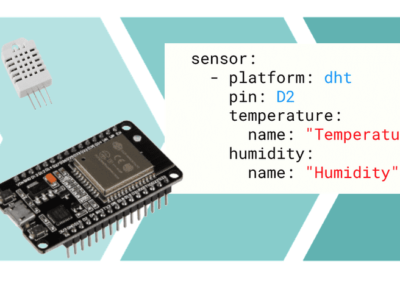
Pathway to converting sunlight to electricity is indentified
Four pulses of laser light on nanoparticle photocells helped to discern a pathway of sunlight to electricity using lead-sulfide quantum dots as a photoactive semiconductor material.
The research is detailed in a paper placed online by the journal Nature Communications.
In the process, each single photon that is absorbed potentially creates multiple packets of energy called excitons. The packets can generate multiple free electrons that generate electricity in a process known as multiple exciton generation (MEG). In most solar cells, each absorbed photon creates one potential free electron.
Multiple exciton generation can lead to solar cells that generate more electrical current and make them more efficient. The UO work shines new light on the little understood process of MEG in nanomaterials.
The UO spectroscopy experiment – adapted in a collaboration with scientists at Sweden’s Lund University – should be useful for studying many other processes in photovoltaic nanomaterials, said Andrew H. Marcus, professor of physical chemistry and head of the UO Department of Chemistry and Biochemistry.
Spectroscopic experiments previously designed by Marcus to perform two-dimensional fluorescence spectroscopy of biological molecules were adapted to also measure photocurrent. "Spectroscopy is all about light and molecules and what they do together," explained Marcus. "It is a really great probe that helps to tell us about the reaction pathway that connects the beginning of a chemical or physical process to its end.
"The approach is similar to looking at how molecules come together in DNA, but instead we looked at interactions within semiconductor materials," said Marcus, an affiliate in UO’s Institute of Molecular Biology, Materials Science Institute and Oregon Center for Optics. "Our method made it possible to look at electronic pathways involved in creating multiple excitons. The existence of this phenomenon had only been inferred through indirect evidence. We believe we have seen the initial steps that lead to MEG-mediated photo conductivity."
The controlled sequencing of laser pulses allowed the seven-member research team to see — in femtoseconds (a femtosecond is one millionth of one billionth of a second) — the arrival of light, its interaction with resting electrons and the subsequent conversion into multiple excitons. The combined use of photocurrent and fluorescence two-dimensional spectroscopy, Marcus said, provided complementary information about the reaction pathway.
UO co-author Mark C. Lonergan, professor of physical and materials chemistry, who studies electrical and electrochemical phenomena in solid-state systems, likened the processes being observed to people moving through a corn maze that has one entrance and three exits.
People entering the maze are photons. Those who exit quickly represent absorbed photons that generate unusable heat. People leaving the second exit represent other absorbed photons that generate fluorescence but not usable free electrons. People leaving the final exit signify usable electrical current.
"The question we are interested in is exactly what does the maze look like," said Lonergan. "The problem is we don’t have good techniques to look inside the maze to discover the possible pathways through it. The techniques that Andy has developed basically allow us to see into the maze by encoding what is coming out of the system in terms of exactly what is going in. We can visualize what is going on, whether two people coming into the maze shook hands at some point and details about the pathway that led them to come out the electricity exit."
Related articles and links:
News articles:
Smart window tints and acts as transparent battery
From 20x faster batteries to spray-on solar cells
German scientists reveal light propagation in solar cells
 If you enjoyed this article, you will like the following ones: don't miss them by subscribing to :
eeNews on Google News
If you enjoyed this article, you will like the following ones: don't miss them by subscribing to :
eeNews on Google News



